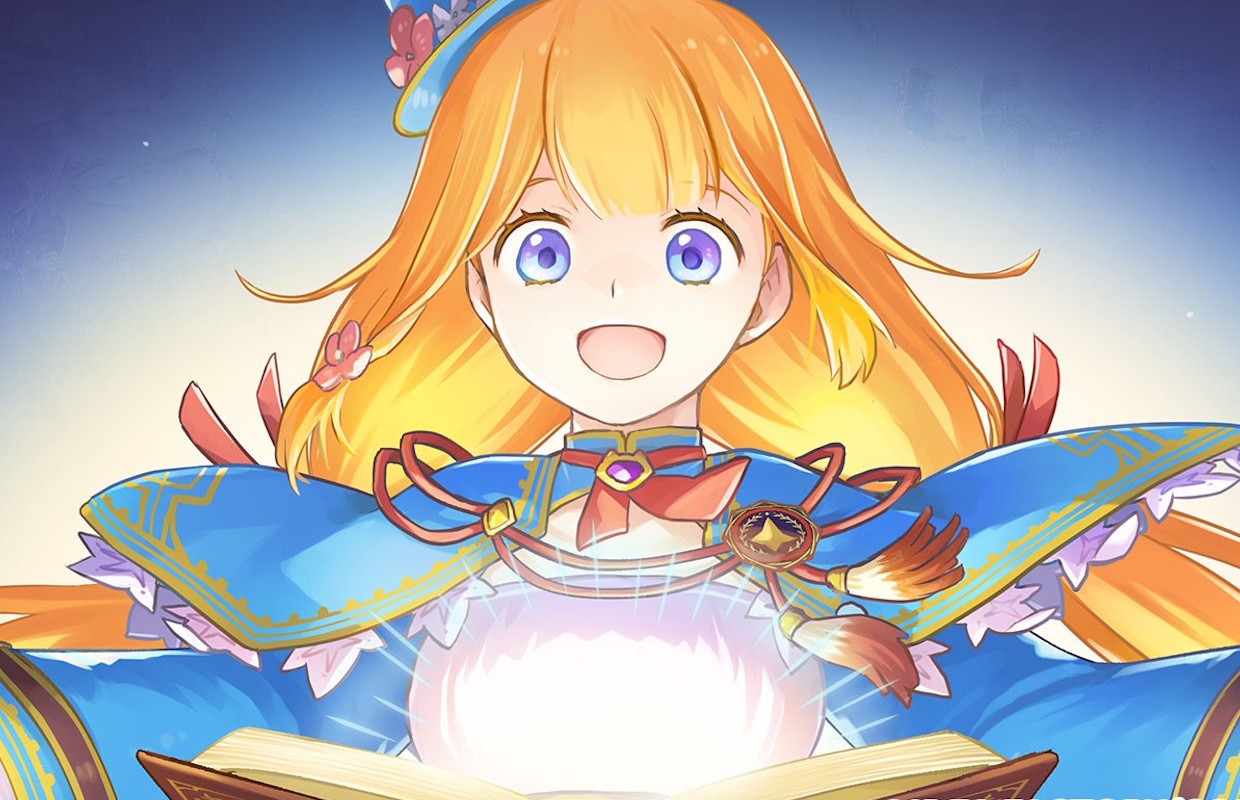
Dungeon explorations have never quite clicked with me, but I appreciate the diversity in my preferences, ranging from titles like “Persona 3” to “Legend of Grimrock.” The allure of dungeon crawlers can be a complex mix of game mechanics, dungeon layouts, and battle systems. However, despite the appealing exploration and playability of “Mado Monogatari: Fia and the Wondrous Academy“, it falls short in several areas. Its strengths are overshadowed by its flaws, making for a challenging experience overall. Let’s delve deeper into this game to see what makes it tick.
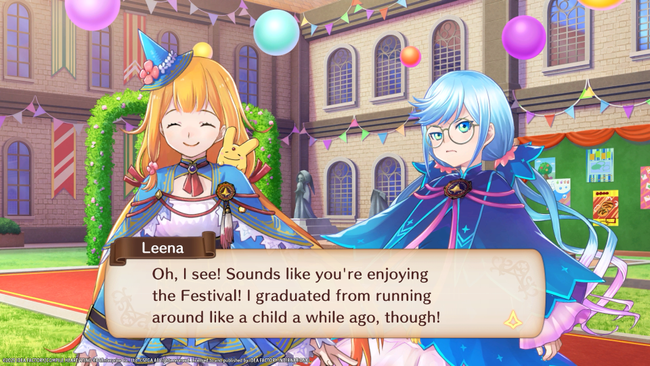
In the opening of Mado Monogatari, there’s an over-the-top comedic style that didn’t resonate with me and required effort to get past for this review. I’m not a fan of the slapstick humor that immediately appears, where Fia and her pet Carbuncle turn the Academy Entrance Ceremony into chaos through top-tier buffoonery. To paint a picture, imagine a very formal Entrance Ceremony at an elite academy for sorcerers, and then picture this: one student exhaling fire due to eating spicy food, another attempting to fight the passive Carbuncle pet, Fia (the protagonist) wildly flailing in an effort to halt the pandemonium as her professors watch in disbelief.
Allow me a brief moment – while I’m open to a bit of whimsical humor, having enjoyed other games and shows with an anime-inspired style, I don’t typically want to be labeled as Mr. No Fun. However, during the initial ten hours of gameplay, I didn’t quite connect with the characters or the plot. Admittedly, the writing and significant character developments eventually won me over, but it took a considerable amount of time before I could even put up with their antics.
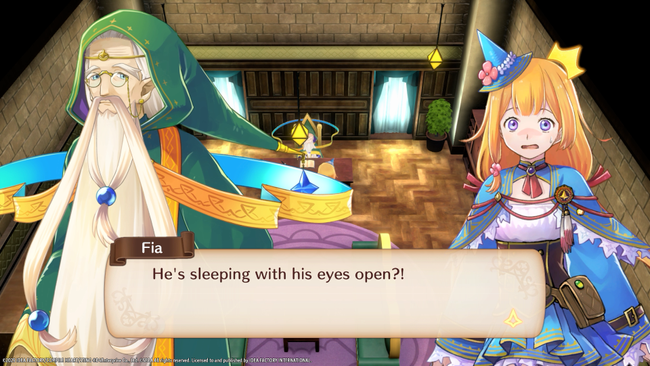
The primary figures in this narrative are Fia, a young woman seeking her life’s purpose while carrying a venerated book passed down from her grandmother. This book is of immense significance, suggesting that Fia possesses greater power than she realizes, though this enigma, along with others, is frequently overshadowed by the comedic idiocy prevalent in the game’s narrative. Accompanying Fia on her path to self-discovery are: Will, an aspiring hero who insists on giving his attacks ridiculous names like “Burning Morning Strike”; Leena, a remarkably skilled and talented sorceress who struggles with social interactions; Totto, a business-minded character who tends to side with whatever offers the most financial gain; and Eska, initially a dragon maiden intent on consuming Fia, but later transforms into her persistent admirer, expressing a desire to be consumed by Fia.
Throughout the game’s progression, your primary objective is to elevate your Mage Rank by accomplishing lessons, delving into dungeons, and submitting missions. The basic gameplay rhythm goes like this: converse with the instructor, finish a “lesson” (often a tutorial), enhance your Grimoire, and then embark on the main narrative by venturing into the designated dungeon. Although the dungeons follow a repetitive pattern and can seem dull, you won’t spend much time on each level unless you’re meticulously exploring every corner of the randomly generated maps, harvesting resources, vanquishing enemies, and delving deep. However, it’s best to avoid such extensive exploration when the second dungeon becomes accessible, as you may quickly deplete your Vitality – a resource that dwindles upon clearing floors or damaging objects within the dungeon. When Vitality reaches zero, you begin taking HP damage until you either faint or consume curry.

In your game, mechanics like fishing, farming, tree fertilization, and item synthesis can be accessed, but each requires unlocking specific nodes in your grimoire. While the initial levels are mandatory, subsequent ones are optional. However, it seems that all except the synthesis mechanic don’t quite fit in naturally. You don’t necessarily need to farm, fertilize a tree, or cook curry as the drops you acquire (or buy from shops) are sufficient. The variety of curry types, each with unique benefits, is why cooking remains relevant. Unfortunately, I rarely remember the other mechanics after completing the tutorial, as they seem to fade into oblivion for me in the gameplay.
In Fia and the Wondrous Academy, battles occur in real-time. Each character has a progress bar, which moves unless you halt the game or perform a standard attack. To successfully land an attack or spell, characters must aim when their icon reaches the end of the bar. An auto-lock feature is available, but I found it challenging to anticipate enemy movements with specific abilities that had limited ranges, so I eventually disabled it. The game doesn’t include dodge or parry mechanics, but instead focuses on classic RPG elements like buff and debuff spells to reduce or amplify damage. What truly sets the combat apart is the ability to customize your character with various elemental spells, maximizing the Great Magic mechanic’s potential.
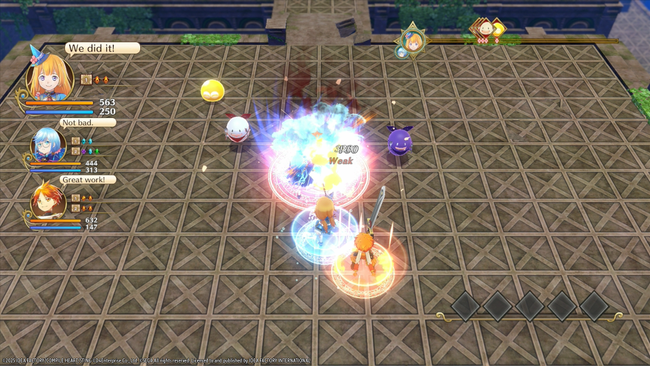
Each time you successfully cast an elemental spell, you earn a Great Magic symbol. When you accumulate the right combination of symbols, you can unleash Great Magic – a powerful, indestructible, and timeless magical blast that inflicts damage based on the element for all adversaries. Additionally, certain abilities necessitate a mix of marks, which can be obtained either by casting more potent magic spells or by casting two spells and merging the produced symbols. This system adds an engaging dimension to combat, but many routine battles essentially become pressing the Square button until the enemy perishes.
In this review, you’ll find that the ‘fighting’ part is relatively brief, as it doesn’t offer much complexity. You can customize your party with diverse elemental spells, buffs, and debuffs, but after approximately ten hours of aiming arrows at Puyos, I began to experience a dullness in my mental faculties. While there are indeed other types of enemies apart from Puyos, the prolonged combat against them, even past the usual tutorial phase, felt repetitive and unfulfilling. Spending more than 15 hours battling the same enemy in a seemingly endless dungeon crawler can become monotonous, I must admit.
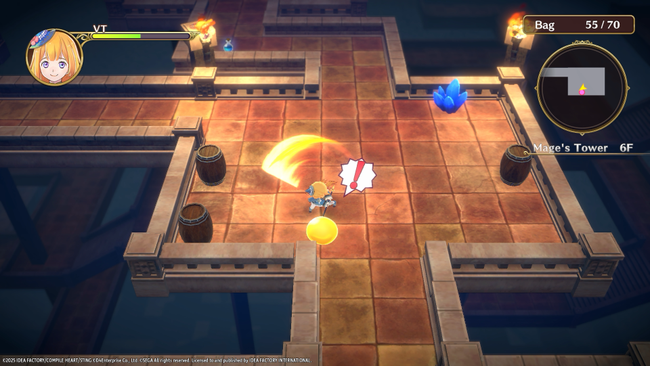
In summary, the game is functional, but its tone confuses me, and the dungeon exploration isn’t engaging enough for me to keep switching between dungeons and school frequently. At $50, it seems overpriced given the content provided. It would be ideal to wait for a sale before purchasing. However, if you have a strong craving for dungeon crawling or anime-style humor, this game might appeal to you.
7
Versions tested: PS5
Read More
- Who Is Harley Wallace? The Heartbreaking Truth Behind Bring Her Back’s Dedication
- Basketball Zero Boombox & Music ID Codes – Roblox
- 50 Ankle Break & Score Sound ID Codes for Basketball Zero
- TikToker goes viral with world’s “most expensive” 24k gold Labubu
- Revisiting Peter Jackson’s Epic Monster Masterpiece: King Kong’s Lasting Impact on Cinema
- 100 Most-Watched TV Series of 2024-25 Across Streaming, Broadcast and Cable: ‘Squid Game’ Leads This Season’s Rankers
- How to watch the South Park Donald Trump PSA free online
- League of Legends MSI 2025: Full schedule, qualified teams & more
- KFC launches “Kentucky Fried Comeback” with free chicken and new menu item
- 50 Goal Sound ID Codes for Blue Lock Rivals
2025-07-26 18:56